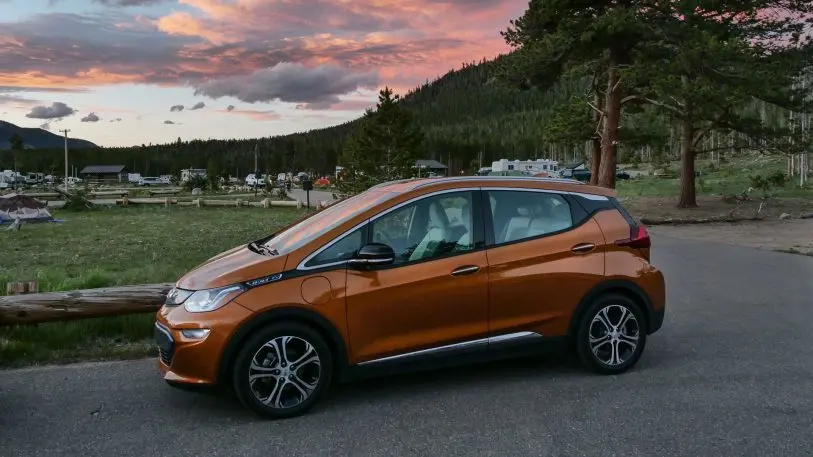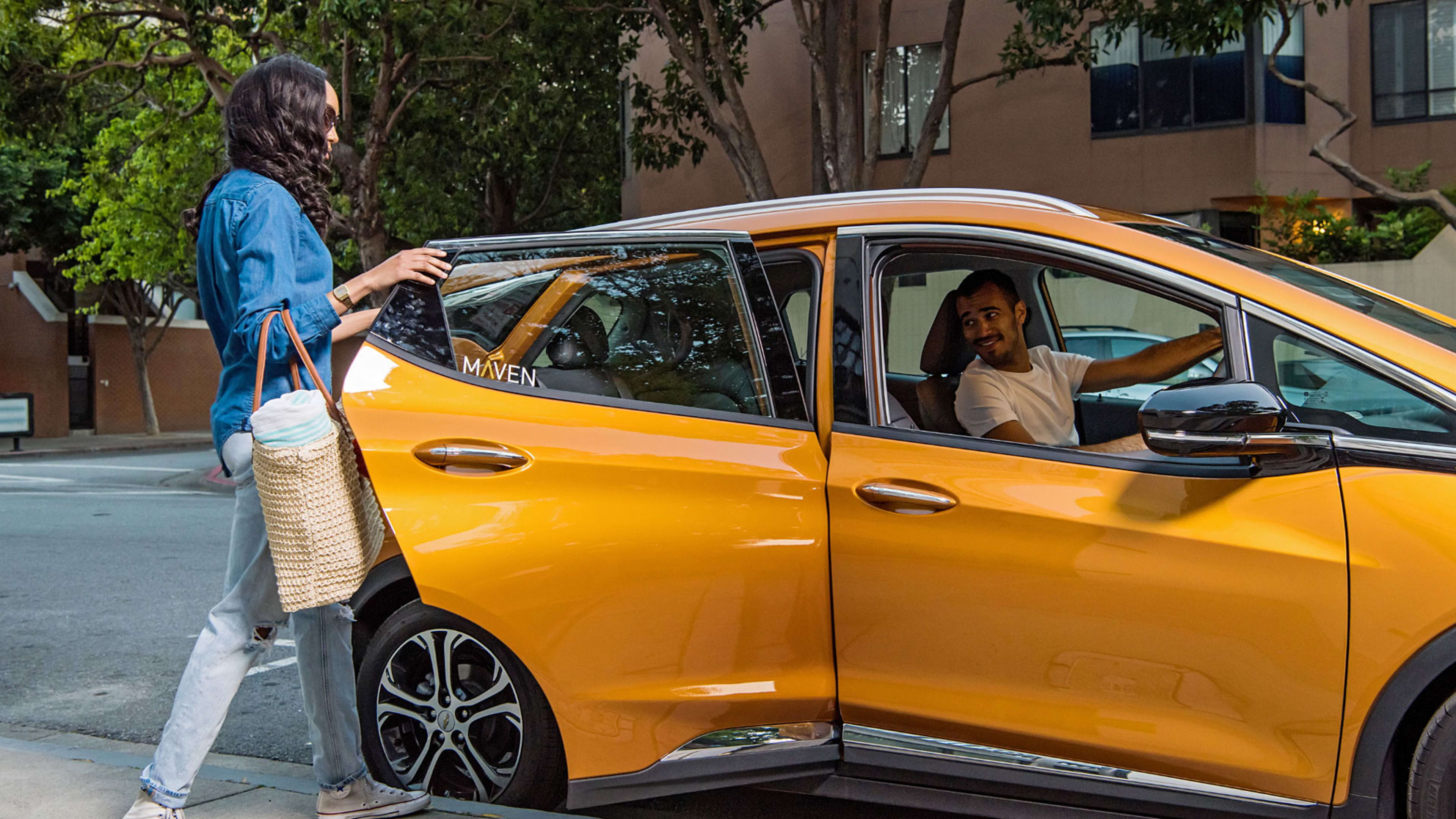General Motors is extending Maven Gig, its car rental service for on-demand economy workers, to Los Angeles today. The company will be also expanding the offering to Boston, Phoenix, Washington, D.C., Baltimore, and Detroit before the end of the year. The 18-month-old program, which provides wannabe Uber, Lyft, and Instacart drivers with wheels for a weekly fee, has already attracted 25,000 members. But GM has motives that go beyond cashing in on the growing gig economy. The company is using its rental service to make the case for electric vehicle infrastructure.
“In a broader sense, General Motors is looking to expand public infrastructure for electric vehicles,” says chief growth officer Rachel Bhattacharya. “We see that as a key enabler of all our future mobility.” Maven Gig pairs drivers with one of several GM models, including its electric Chevrolet Bolt. In exchange for a weekly fee ranging from $189 to $229, drivers get unlimited mileage, maintenance, and roadside assistance. The Bolt also comes with free charging—a cost savings of $70 to $80 per week over a gas-powered vehicle.

“It’s a much simpler conversation [for us] to go and speak with utilities and infrastructure providers and talk about what we can do and where we can bring more supply online in different markets,” she says. GM is essentially incentivizing the building of public charging stations to make way for its own electric vehicles. “We’re solving that chicken-and-egg situation: “I’m not going to build a charging station unless I know it’s going to get used, [and] I’m not going to buy an electric car unless I know I can charge it,” she says.
Building this infrastructure is important as Chevrolet gears up to deliver the Bolt to dealerships nationally. (Only a small number of dealers were able to order to car initially.) Bolt purchases have been ticking upward since March and hit record sales in July, but industry analysts are concerned the car’s progress will be dampened by Tesla’s Model 3, which at last check has netted around 455,000 pre-orders. In this way GM’s Maven Gig service provides another benefit: on-road marketing.
“The passengers in the car were commenting to the drivers about it and asking about it,” chuckles Bhattacharya. “Asking, ‘Can you give me a promo-code?’ I think they thought they were [GM] employees.” She says GM is exploring whether it can equip renters with information about the cars, making them not only a revenue-generating opportunity but brand ambassadors as well.
Recognize your brand’s excellence by applying to this year’s Brands That Matter Awards before the early-rate deadline, May 3.
